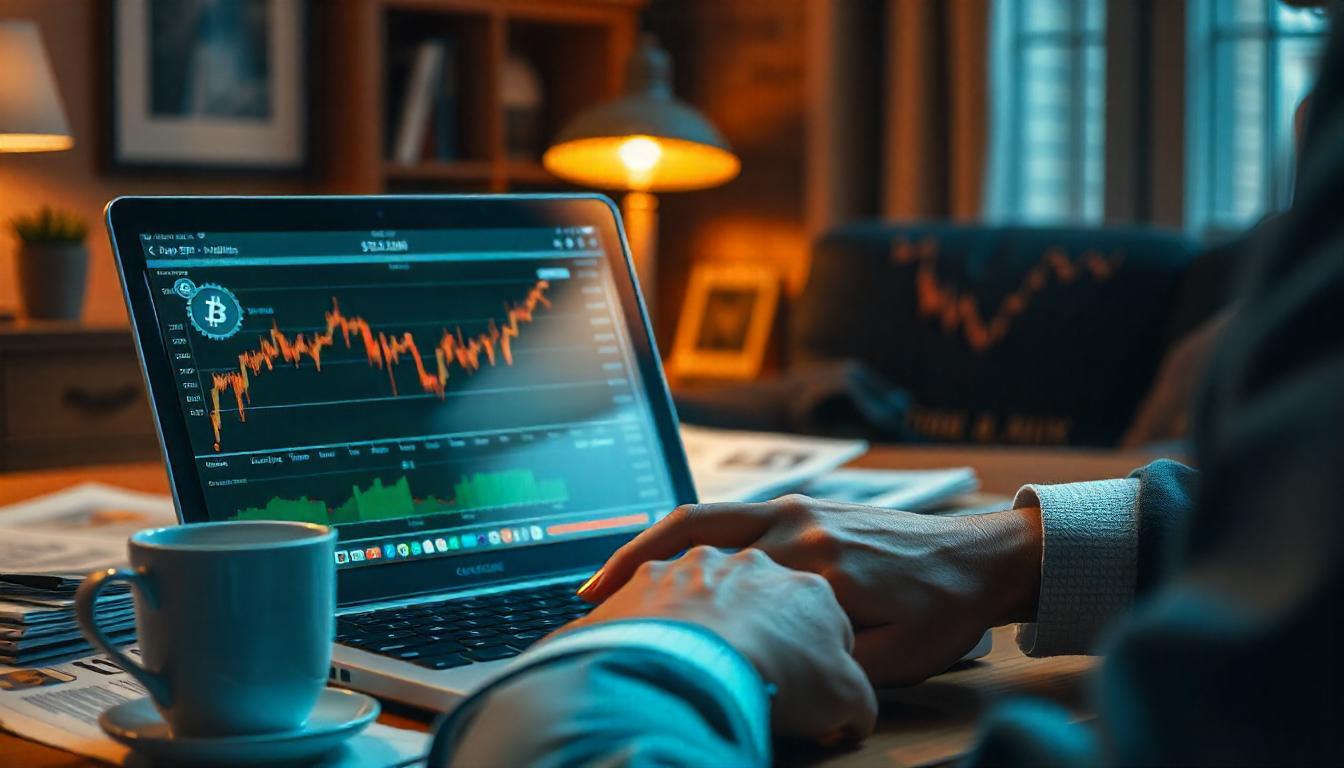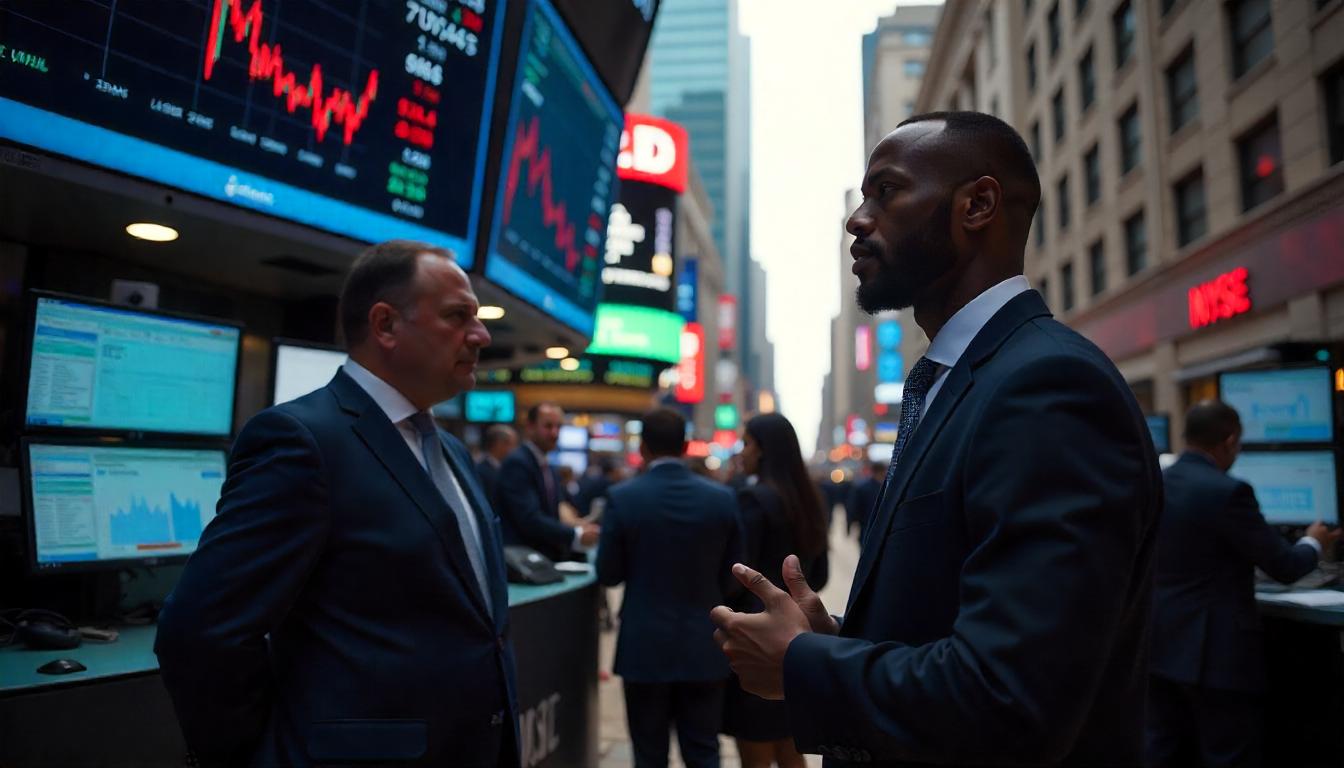Bitcoin (BTC) and the S&P 500 have recently shown an increasing correlation, both of which are now tracking volatility in U.S. Treasury yields. This shift in dynamics has brought a quick reversal in market sentiment, turning from bullish to bearish in just one day.
This sudden change is being driven by a head-and-shoulders pattern forming on both Bitcoin and the S&P 500, signaling a potential bearish reversal. The catalyst behind this shift is a change in the market forces that originally fueled the post-election surge for both assets.
At the heart of the shift is the MOVE index, which measures expected 30-day volatility in the U.S. Treasury bond market. As one of the largest and most critical financial markets in the world, Treasury bond volatility can have ripple effects on financial conditions, often leading to risk-averse behavior across other asset classes.
The MOVE index, which had dropped to 82 in mid-December, has risen sharply, reaching 102.78 on Tuesday. This increase followed stronger-than-expected manufacturing data, pointing to continued economic growth and persistent inflation. As a result, Treasury yields surged, with the 30-year yield hitting 4.92%, the highest since November, and the 10-year yield climbing to 4.68%, the highest since May.
This rise in Treasury yields coincided with a 5% drop in Bitcoin, which fell to $96,900, and a 1% drop in the S&P 500. The momentum both assets gained following the U.S. election began to stall when the MOVE index shifted in mid-December, marking a turning point for their rallies.
The key takeaway here is that Treasury bond movements are now central to the broader market narrative. A renewed bullish outlook for Bitcoin and the S&P 500 may require a stabilization of Treasury markets. Given the upward movement in the MOVE index, there is an increasing chance that both Bitcoin and the S&P 500 will complete their head-and-shoulders patterns, signaling further downside potential.





